Construction Costs Driving Inflation
The cost to build a house in Australia has risen by 13.6% since the start of COVID-19. The rise in materials – timber and steel – combined with escalating fuel prices have contributed to the biggest increase in the cost of living for over two decades. Interest rate hikes are predicted to exacerbate matters.
David Plank, ANZ’s Chief Economist predicted a cash rate of 15 basis points back in April. However, when the decision came through on June 7th, the official cash rate rise was much higher – by 35 basis points. The aggressive rate rise has been justified by the need to put the brakes on runaway inflation.
CPI inflation has been at its highest since 2009 in the wake of the Global Financial Crisis. This has run at 5.1% while fuel has risen by around 11%, however, it’s the cost of new homes that have been most significant. These have risen by 5.7% in just the past two quarters.
The increase in interest rates is the beginning of a tightening cycle. Earlier in the year, Westpac’s Chief Economist forecast a series of cash rate hikes continuing from June.
Anneke Thompson, Chief Economist for Creditor Watch, appears to have agreed with the prediction and warned that discretionary service businesses would be the first to feel the bite.
“New dwelling purchases and transport costs, driven by steep oil prices are the two biggest contributors to Australia’s highest recorded inflation figure since the introduction of GST in 2001,” Thompson said.
“[The] clear shortage of labour has been a key factor, particularly in the construction sector. However, the gradual easing of government grants and stimulus throughout COVID-19 has also played a part.”
CPI inflation figures are concerning and presage a decrease in housing affordability – an issue that needs to be addressed federally. Increases in the cash rate add to mortgage payments and impact affordability for first-time home buyers. If left unaddressed a trend in falling home ownership may snowball, creating the problem of large factions of long-term renters aged 45 or over remaining in the rental sector.
The cost of stamp duties, the deposit gap and other home-buying expenses will become a barrier to entry for first home buyers now interest rates have risen and are expected to increase further.
Treasurer, Jim Chalmers commented that the new government would announce their cost of living measures when the budget was handed over in October.
“This cost of living crisis has been brewing for the best part of a decade. It will take more than two and a half weeks to turn around. We have been up-front about that.” Mr Chalmers said.
Despite the recent interest rate hike of 0.5%, predictions for a cash rate increase to 2.5% by the end of the year are growing.
The increased speculation within the property sector has caused many property owners to refinance. As for those preparing to climb onto the property ladder, they’ll now have to grapple with a rise in materials and transport costs. When tallied up, these increases result in the average home costing roughly $76,000 more than it did a year ago.
“We’re now entering a very different environment than has existed for much of the past decade. The faster-than-expected emergence of higher inflation and interest rates will have a significant impact on mortgage borrowers,” said Wayne Byres, Chair of the Australian Prudential Regulation Authority.
First home buyers will be hit hardest by the rising interest rates. Rising interest rates don’t only put homeownership out of reach for many, they also put those who have recently become homeowners at risk of losing out when their homes come up for refinancing.

